





Sleep is a critical component of overall health, affecting various bodily systems and influencing both physical and mental well-being.
The negative impacts of poor sleep are extensive, affecting multiple organ systems and contributing to the acceleration of aging processes.
EFFECTS OF POOR SLEEP ON ORGAN SYSTEMS
3
SLEEP AND THE HALLMARKS OF AGING
5
THE GLYMPHATIC SYSTEM AND ITS IMPORTANCE TO SLEEP
6
INCORPORATING MOVEMENT HEART RATE VARIABILITY (HRV) AND ITS CONNECTION TO SLEEP
7
THE FOUR PHASES OF SLEEP AND THEIR IMPORTANCE
8
GENES AND SNPS THAT CAN AFFECT SLEEP
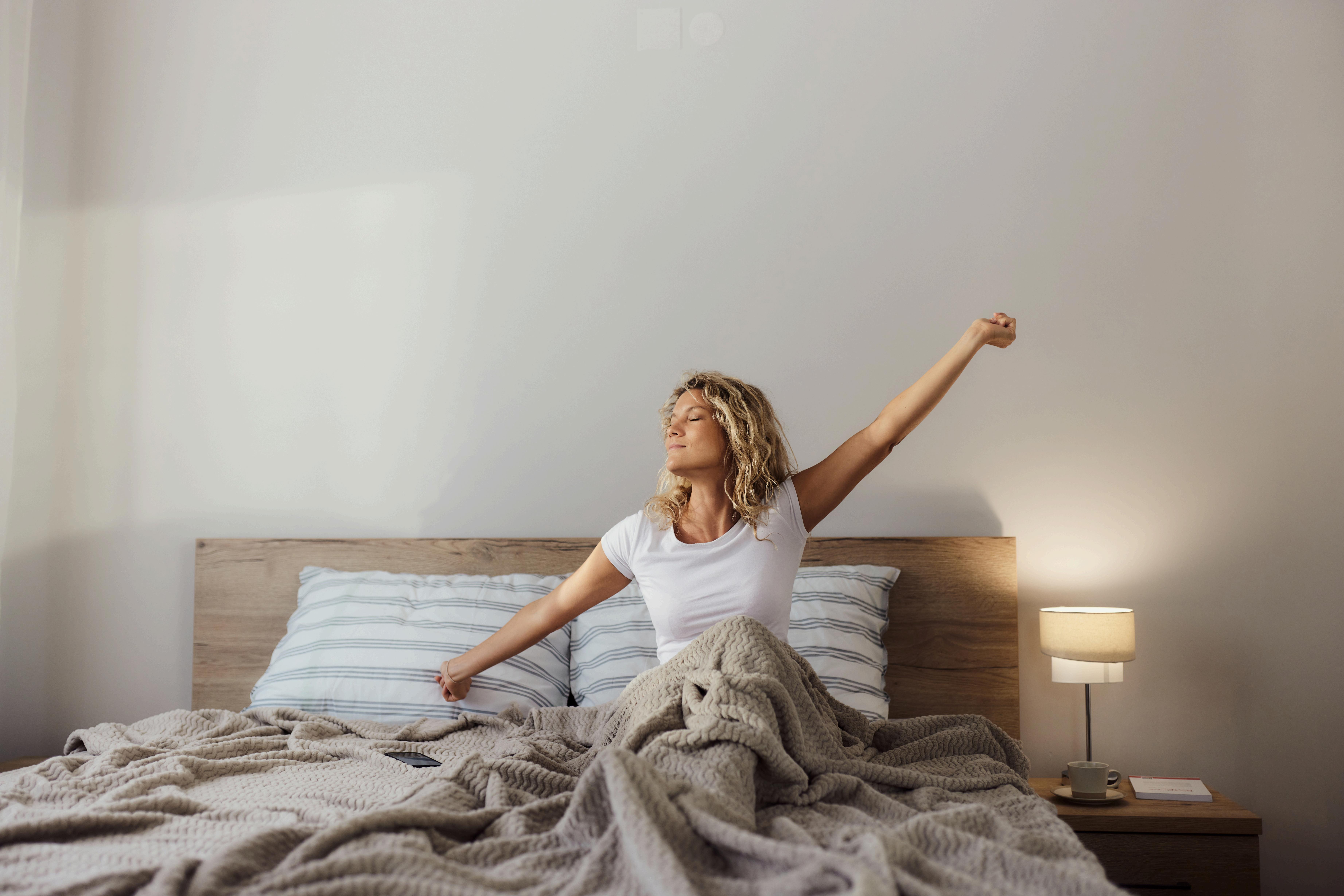
13
INDIRECT SNPS THAT CAN IMPACT SLEEP BASED ON DIET
15
CIRCADIAN RHYTHM AND FACTORS THAT AFFECT IT
16
COMPREHENSIVE LIST OF LABS AND EVALUATIONS FOR ASSESSING SLEEP
18
BIOHACKING TOOLS AND DEVICES TO IMPROVE SLEEP QUALITY
20
COMPREHENSIVE LIST OF SUPPLEMENTS AND PEPTIDES FOR SLEEP

Slows reaction times, increasing the risk of accidents and injuries
Decreases concentration, attention, and overall mental performance.
Reduces cognitive function and may increase the risk of Alzheimer's disease
Impairs memory.
Releases cortisol, a stress hormone.
Alters circadian rhythm, disrupting sleep-wake cycles
Lowers bone mineral density.
Decreases the pain threshold and increases fatigue
Impaired recovery
Raises blood pressure
Elevates the risk of high cholesterol and insulin resistance (prediabetes).
Alters gut bacteria, increasing the risk of digestive disorders such as GERD, IBS, and inflammatory bowel disease.
Contributes to leaky gut syndrome
Causes fluctuations in hormones such as estrogen, progesterone, and testosterone
Immune System:
Increases inflammation and susceptibility to infections
Decreases vaccine efficacy

Telomere Shortening: Poor sleep has been linked to shorter telomeres, which are protective caps on chromosomes that shorten with age
Epigenetic Alterations: Sleep deprivation can lead to changes in gene expression, influencing aging processes.
Loss of Proteostasis: Disrupted sleep impairs the body's ability to maintain protein balance, crucial for cellular function
Mitochondrial Dysfunction: Poor sleep affects mitochondrial health, leading to reduced energy production and increased oxidative stress
Cellular Senescence: Sleep loss can promote the accumulation of senescent cells, which are dysfunctional cells that contribute to aging and chronic diseases.
Stem Cell Exhaustion: Insufficient sleep affects the regenerative capacity of stem cells, essential for tissue repair and maintenance
Biological age, which can differ from chronological age, is influenced by sleep quality Poor sleep contributes to faster biological aging, impacting various organ systems and leading to chronic diseases such as cardiovascular disease, diabetes, obesity, and neurodegenerative disorders
Insomnia: Difficulty falling or staying asleep
Sleep Apnea: Interrupted breathing during sleep, leading to frequent awakenings
Restless Leg Syndrome: Uncomfortable sensations in the legs, leading to an urge to move them
Circadian Rhythm Disorders: Misalignment of the body's internal clock with the external environment
Snoring, tossing and turning, and frequent waking at night
Daytime sleepiness and fatigue
Mood changes, irritability, and depression
Increased appetite and weight gain
Dark circles or puffiness around the eyes
Age: Older adults often experience more sleep difficulties
Medical Conditions: Chronic pain, depression, anxiety, and urinary conditions
Medications: Some drugs can interfere with sleep
Lifestyle Factors: Irregular sleep schedules, shift work, stress, and caffeine or alcohol consumption
Environmental Factors: Light, noise, temperature, and EMFs (Electromagnetic Fields)
Sleep Diaries: Track sleep patterns, bedtime routines, and sleep quality
Sleep Apps and Wearables: Use devices that monitor sleep stages, heart rate, and movement (e g , FitBit, Apple Watch)
Sleep Studies: Conducted in sleep clinics to diagnose conditions like sleep apnea
At-Home Sleep Tests: Convenient options for diagnosing sleep disorders without a clinic visit
Consultations with Sleep Specialists: In-depth analysis and tailored treatment plans
Maintain Consistent Sleep Schedule: Go to bed and wake up at the same time every day
Exercise Regularly: Engage in physical activity during the day, but avoid intense exercise close to bedtime
Mindfulness and Relaxation Techniques: Practice meditation, deep breathing, and yoga to reduce stress and anxiety
Control Light Exposure: Use blackout curtains, sleep masks, and reduce screen time before bed
Noise Reduction: Use earplugs, white noise machines, or fans to block out disruptive sounds
Temperature Regulation: Keep the bedroom cool and comfortable (60-67°F or 15-19°C)
Diet and Nutrition:
Avoid Large Meals and Stimulants: Refrain from consuming heavy meals, caffeine, and alcohol close to bedtime
Healthy Evening Snacks: Opt for light, nutritious snacks if needed before bed
Supplements: Consider melatonin, magnesium, or herbal teas like lemon balm and passionflower to support sleep
Consider the use of DSIP peptide
Consider hormone panel testing (women: progesterone deficiency can cause sleep disruption)
Morning Light Exposure: Use light therapy to regulate circadian rhythms and promote earlier sleep onset
Reduce EMF Exposure: Keep electronic devices away from the bed, use grounding sheets, and install kill switches to turn off electricity at night
Create an Electronics-Free Zone: Remove TVs, computers, and smartphones from the bedroom
Wind-Down Activities: Engage in relaxing activities such as reading, taking a warm bath, or listening to soothing music
Consistency: Establish a routine that signals to your body that it is time to sleep
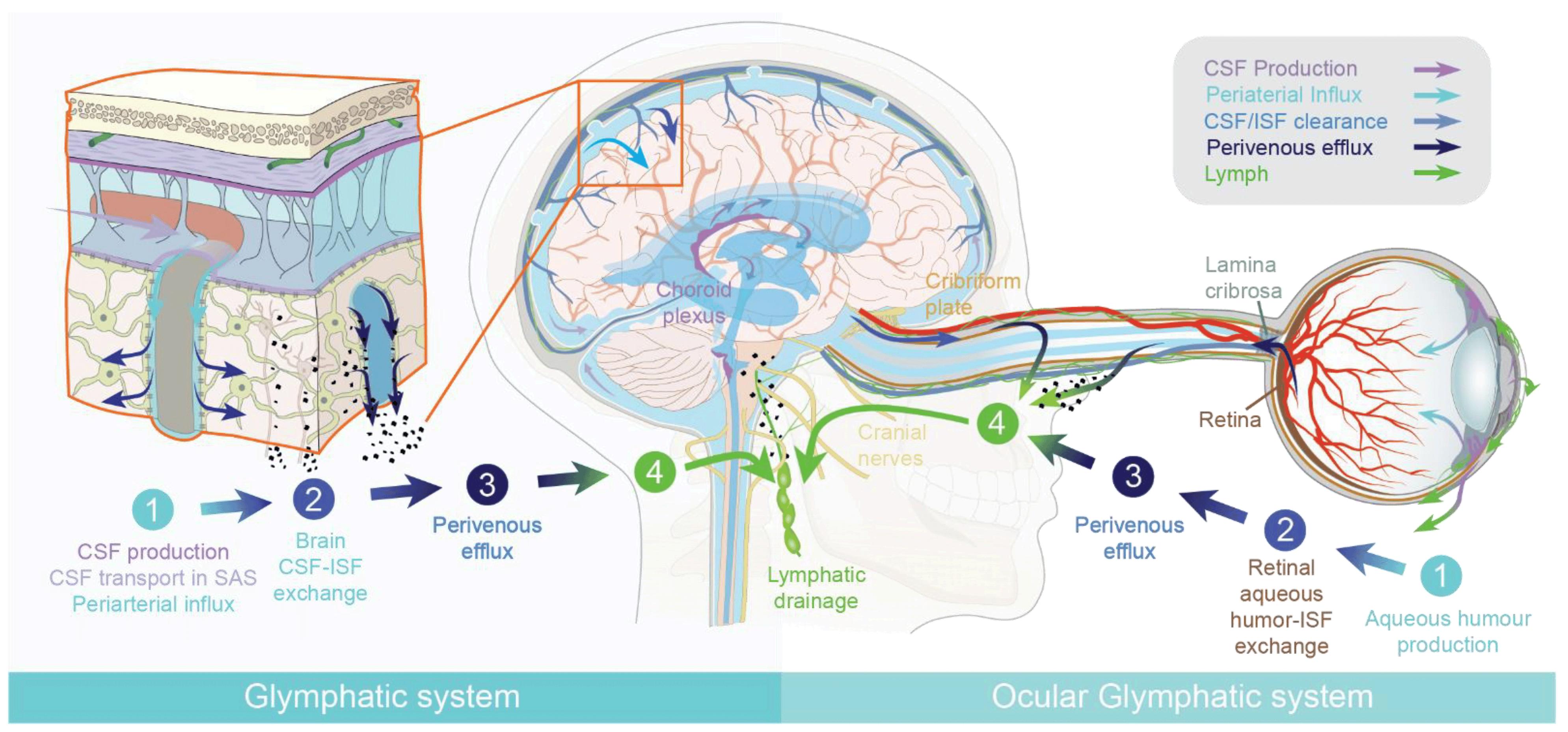
The glymphatic system is a network of channels in the brain that clears waste products and toxins It primarily functions during sleep, facilitating the removal of metabolic waste that accumulates during the day
Detoxification: During sleep, the glymphatic system increases its activity, removing waste products such as beta-amyloid and tau proteins, which are associated with neurodegenerative diseases like Alzheimer's
Brain Health: Efficient waste clearance supports cognitive function, memory, and overall brain health
Reducing Inflammation: Proper function of the glymphatic system helps reduce brain inflammation, which is crucial for maintaining healthy neural pathways
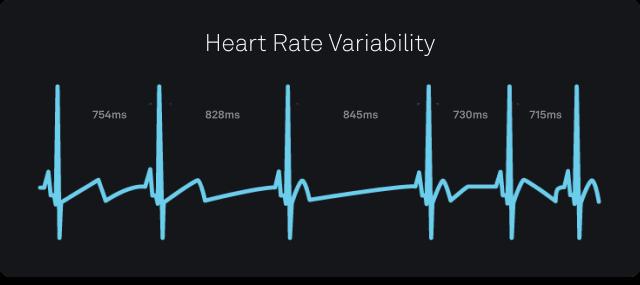
Heart rate variability refers to the variation in time intervals between heartbeats It is an indicator of the autonomic nervous system's function, particularly the balance between the sympathetic (fight or flight) and parasympathetic (rest and digest) systems
Sleep Quality: Higher HRV is associated with better sleep quality and overall health. It indicates a well-functioning parasympathetic system, which promotes relaxation and recovery during sleep.
Stress Response: Lower HRV can indicate high stress levels and poor sleep quality Monitoring HRV can help identify stress-related sleep issues and guide interventions for better sleep hygiene and stress management.
Longevity: Consistently high HRV is linked to improved cardiovascular health and longevity, highlighting the importance of good sleep for maintaining a healthy heart

from wakefulness to sleep.
Brain Activity: Theta waves begin to appear
Duration: Lasts a few minutes
Importance: Prepares the body for deeper sleep stages by reducing muscle activity and slowing down the brain
Light Sleep: Body temperature drops, heart rate slows, and eye movement stops.
Brain Activity: Sleep spindles and K-complexes are prominent
Duration: About 50% of total sleep time
Importance: Consolidates memories and processes the day's information It also plays a role in maintaining overall sleep structure
delta sleep.
Brain Activity: Delta waves dominate
Duration: About 20% of total sleep time
Importance: Essential for physical restoration, growth, and immune function It's the most restorative phase, helping to repair tissues and build muscle
Dreaming Phase: Most dreaming occurs here
Brain Activity: Similar to wakefulness with mixed frequency waves
Duration: About 20-25% of total sleep time, increasing in duration throughout the night
Importance: Critical for cognitive functions like memory consolidation, learning, and emotional regulation REM sleep also supports brain development in infants and young children.

Function: Enzyme involved in the breakdown of dopamine, epinephrine, and norepinephrine
Impact on Sleep: Variants in the COMT gene can affect dopamine levels, influencing mood, stress response, and sleep quality People with certain COMT variants may have a higher susceptibility to stress and poorer sleep quality
Strategies:
Stress Management:
Mindfulness and Meditation: Practices such as mindfulness meditation can help reduce stress and improve sleep quality by calming the mind and regulating stress hormones Yoga and Tai Chi: These activities promote relaxation and can help lower stress levels, supporting better sleep
Dietary Interventions:
Increase Magnesium Intake: Magnesium has a calming effect on the nervous system and can help reduce stress Foods rich in magnesium include leafy greens, nuts, seeds, and whole grains
Consume Foods High in Polyphenols: Foods like berries, dark chocolate, and green tea contain polyphenols that can help regulate dopamine levels
Supplementation:
L-Theanine: An amino acid found in green tea, L-theanine promotes relaxation and can help improve sleep quality
Rhodiola Rosea: An adaptogen that can help reduce stress and support mental clarity and relaxation
Lifestyle Modifications:
Regular Physical Activity: Exercise can help regulate dopamine levels and reduce stress Aim for regular, moderate-intensity exercise, but avoid vigorous activity close to bedtime
Consistent Sleep Schedule: Maintain a regular sleep-wake cycle to support the body’s natural rhythms

Role: Vitamin B6 acts as a cofactor in the synthesis and metabolism of neurotransmitters such as dopamine, serotonin, and norepinephrine
Impact on COMT: By supporting neurotransmitter metabolism, Vitamin B6 helps maintain balanced levels of these neurotransmitters, reducing the burden on the COMT enzyme to degrade excess amounts.
Vitamin B9 (Folate):
Role: Folate is crucial in the methylation cycle, where it helps convert homocysteine to methionine, which then becomes S-adenosylmethionine (SAMe)
Impact on COMT: SAMe is a primary methyl donor used by COMT to methylate and inactivate neurotransmitters. Adequate folate levels ensure a sufficient supply of SAMe, enhancing COMT function
Vitamin B12 (Cobalamin):
Role: Vitamin B12 works closely with folate in the methylation cycle, helping convert homocysteine to methionine and subsequently to SAMe
Impact on COMT: By supporting the production of SAMe, Vitamin B12 indirectly supports the methylation activity of COMT
Methylation Cycle:
Process: The methylation cycle involves converting homocysteine to methionine with the help of folate and Vitamin B12 Methionine is then converted to SAMe, a critical methyl donor in numerous biochemical reactions, including the methylation of neurotransmitters by COMT
Importance: Efficient functioning of the methylation cycle ensures that there is a sufficient supply of SAMe for COMT activity, facilitating the breakdown of neurotransmitters and maintaining balanced levels of dopamine, norepinephrine, and epinephrine.

Impact: Adequate levels of B vitamins support neurotransmitter synthesis and metabolism, helping to prevent the accumulation of excess neurotransmitters that can lead to increased stress and poor sleep quality.
Genetic Variability:
Consideration: Individuals with certain COMT genetic variants may have reduced enzyme activity, making it even more critical to ensure adequate B vitamin intake to support optimal COMT function and overall neurotransmitter balance
Genetic Variability:
Consideration: Individuals with certain COMT genetic variants may have reduced enzyme activity, making it even more critical to ensure adequate B vitamin intake to support optimal COMT function and overall neurotransmitter balance.
Recommendations:
Dietary Sources:
Vitamin B6: Found in foods such as poultry, fish, potatoes, chickpeas, bananas, and fortified cereals
Folate: Found in leafy green vegetables, legumes, nuts, and fortified foods.
Vitamin B12: Found in animal products such as meat, fish, poultry, eggs, and dairy Vegans and vegetarians may need to consider fortified foods or supplements
Supplementation:
Methylated Forms: For individuals with genetic polymorphisms affecting the methylation cycle (e g , MTHFR mutations), using methylated forms of B vitamins such as methylfolate (5-MTHF) and methylcobalamin can be more effective.
Balanced B Complex: A high-quality B complex supplement can ensure adequate intake of all B vitamins, supporting overall metabolic processes and neurotransmitter balance.
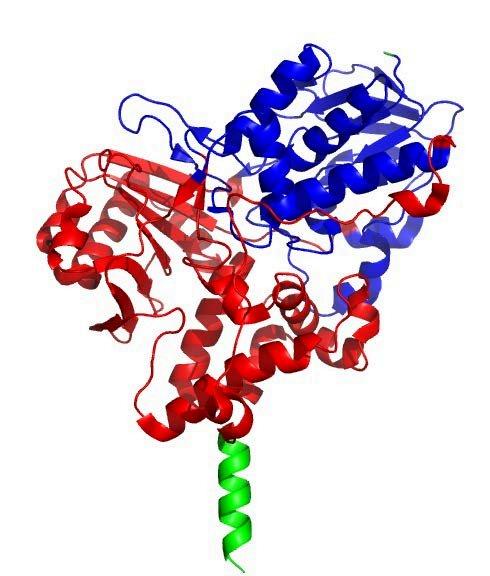
Function: Enzyme that breaks down neurotransmitters such as serotonin, norepinephrine, and dopamine
Impact on Sleep: Variants in the MAOA gene can affect the metabolism of these neurotransmitters, influencing mood and sleep patterns Certain MAOA variants have been linked to mood disorders, which can impact sleep quality.
Dietary Adjustments:
Increase Tryptophan Intake: Tryptophan is a precursor to serotonin, which can help improve mood and sleep Foods high in tryptophan include turkey, chicken, milk, cheese, nuts, and seeds.
Omega-3 Fatty Acids: Found in fish oil and flaxseeds, omega-3s can help support neurotransmitter function and improve mood
Supplementation:
5-HTP (5-Hydroxytryptophan): A direct precursor to serotonin, 5-HTP can help improve mood and sleep quality
St John’s Wort: This herb can help increase serotonin levels, but it should be used under medical supervision due to potential interactions with other medications
Behavioral Interventions:
Cognitive Behavioral Therapy (CBT): CBT for insomnia (CBTI) can help address underlying mood disorders and improve sleep patterns
Relaxation Techniques: Progressive muscle relaxation and guided imagery can help reduce anxiety and promote sleep.
Lifestyle Modifications:
Sunlight Exposure: Regular exposure to natural light, especially in the morning, can help regulate serotonin levels and improve circadian rhythms
Sleep Hygiene: Create a sleep-conducive environment by keeping the bedroom cool, dark, and quiet.

Function: A key gene involved in regulating the body's circadian rhythms.
Impact on Sleep: Variants in the CLOCK gene can influence the timing of sleep-wake cycles, leading to conditions like delayed sleep phase syndrome (DSPS) or advanced sleep phase syndrome (ASPS) These variants can affect sleep timing, duration, and overall quality.
Light Therapy:
Morning Light Exposure: For those with DSPS, exposure to bright light in the morning can help shift the circadian rhythm earlier
Evening Light Avoidance: For those with ASPS, avoiding bright light in the evening and using dim lighting can help delay the sleep phase
Melatonin Supplementation:
Timed Melatonin: Taking melatonin supplements in the evening can help advance the sleep phase for those with DSPS For those with ASPS, taking melatonin in the early morning hours may help delay the sleep phase.
Behavioral Interventions:
Chronotherapy: Gradually shifting sleep and wake times can help reset the circadian rhythm
Consistent Sleep Schedule: Maintaining a regular sleepwake schedule, even on weekends, supports a stable circadian rhythm.
Diet and Exercise:
Regular Meal Times: Eating meals at consistent times can reinforce circadian rhythms
Physical Activity: Regular exercise, particularly in the late afternoon or early evening, can help regulate sleep patterns
1. Histamine SNP Cluster
SNPs:
DAO (C>T)
DAO (His645Asp C>G)
HNMT (939 A>G)
HNMT (Thr105Ile C>T)
Description:
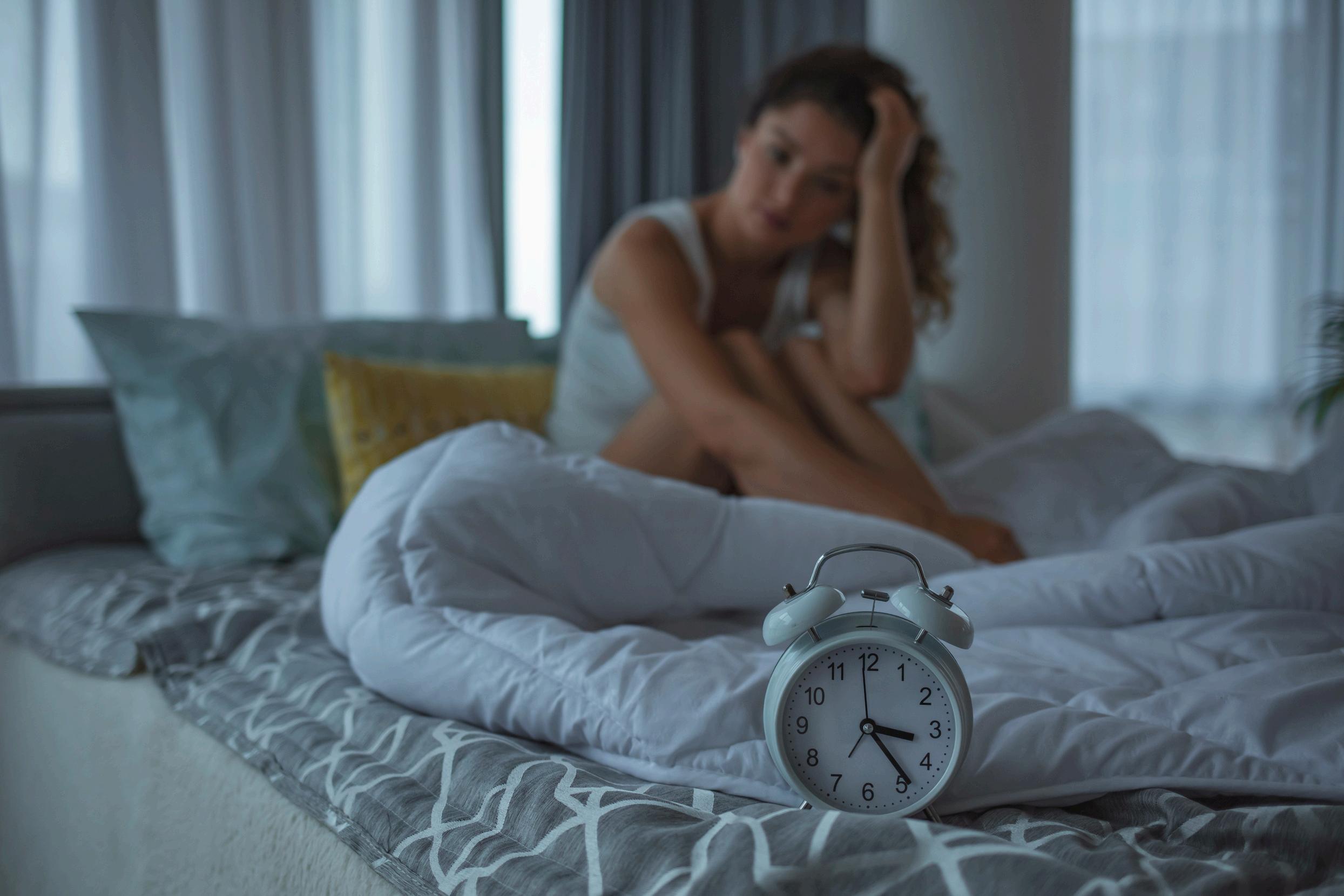
Histamine is a chemical involved in immune s and can be found in various foods Histaminmethyltransferase (HNMT). Genetic variation n symptoms like migraines, flushing, dizziness, skin rashes, and hives
Lifestyle, Diet, and Supplement Recommendations:
Diet:
Avoid High Histamine Foods and Histamine Liberators:
Foods to Avoid: Egg whites, fish, soy sauce, aged cheese, smoked meats, nuts, canned, pickled, and fermented products, and alcohol
Include Foods that Lower Histamine Production and Contain Luteolin, Quercetin, and Kaempferol:
Foods to Include: Dill, oregano, onions, thyme, green peppers, apples, capers, green beans, and juniper berries (2-3 servings daily)
Include Foods that Break Down Histamine: Foods to Include: Basil, rosemary, broccoli, cabbage, figs, grapes, mangos, coconut, berries, egg yolks, poultry, and lamb (1-2 servings daily).
Lifestyle:
Manage Stress: Address physical and mental stressors such as temperature extremes, trauma, and stressful events
Avoid Environmental Toxins: Stay away from plasticizers and phthalates and avoid extreme dietary detoxification programs
Avoid Histamine Activating Substances: Limit or avoid alcohol, aspirin, and NSAIDs Supplements:
Zinc: 30-50 mg daily
Copper: Check blood levels and supplement if necessary
Vitamin C: 400-1000 mg daily
Vitamin B6: 30-50 mg daily
DAO: Diamine oxidase (DAO) is an enzyme that helps break down histamine in the body Supplementing with DAO can be beneficial for individuals who have histamine intolerance or those who have genetic variations that reduce their body's ability to break down histamine efficiently
Dosage: 10,000 - 20,000 HDU (Histamine Degrading Units) taken 15-30 minutes before meals that contain histamine
Quercetin: Follow manufacturer’s dosing instructions
Luteolin: Follow manufacturer’s dosing instructions.
Zeolite (Clinoptilolite) or Bentonite Clay: Follow manufacturer’s dosing instructions
Berberine or Wild Oregano Oil: Alternate with histamine-degrading probiotics - Lactobacillus Rhamnosus, Bifidobacterium Bifidum, Plantarum, Lactis
2. Caffeine Metabolism
SNP Cluster
COMT (Catechol-OMethyltransferase)
CYP1A2 (Cytochrome P450 1A2)
NAT2 (NAcetyltransferase 2)
Description:
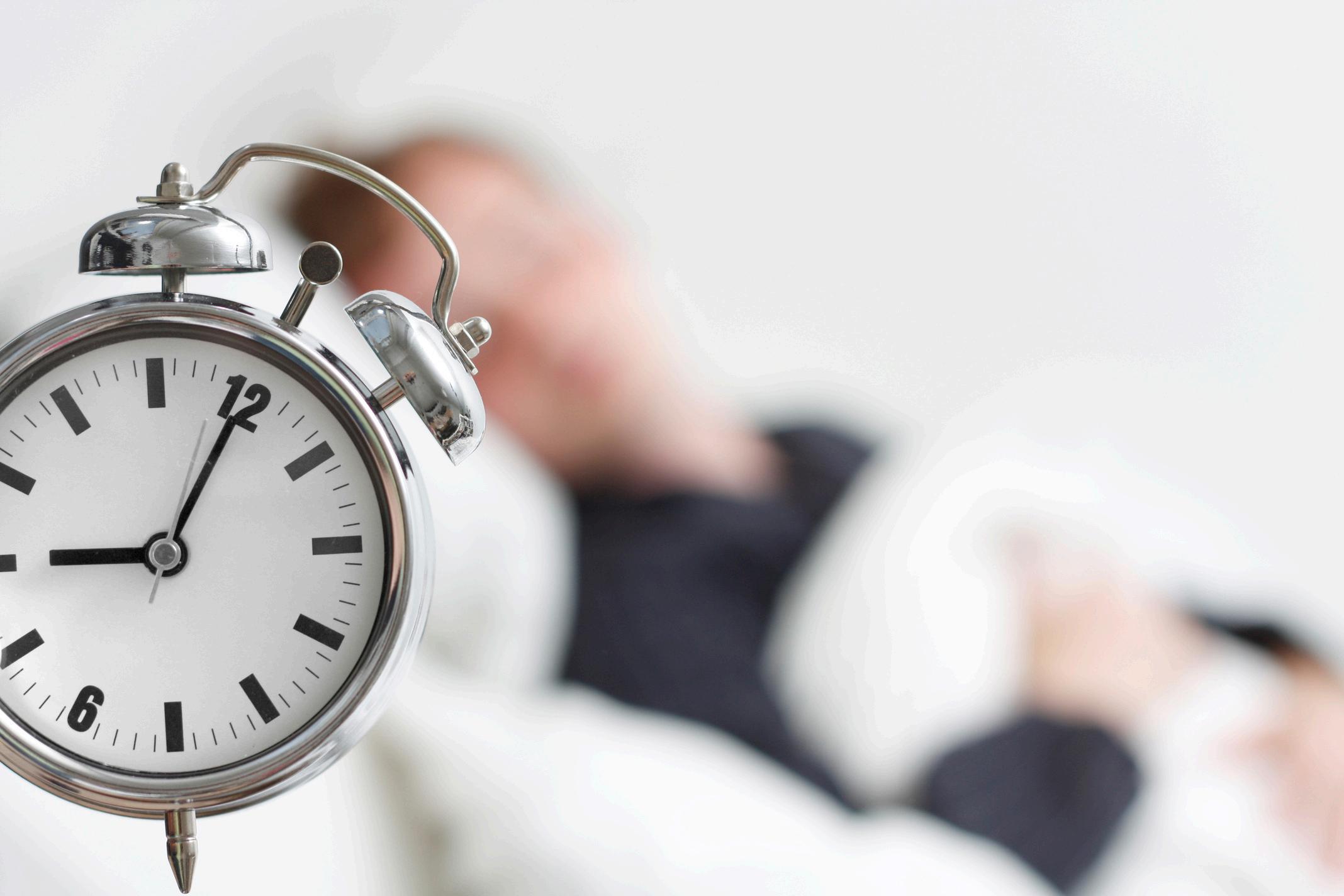
Caffeine is a stimulant affecting the central nervous system, enhancing alertness and cognitive performance However, its metabolism varies significantly among individuals due to genetic differences Variants in COMT, CYP1A2, and NAT2 genes can slow caffeine metabolism, increasing sensitivity and leading to adverse effects like anxiety, restlessness, irritability, nausea, and insomnia
Recommendations:
Diet:
Avoid or Limit Caffeine-Containing Beverages especially after noon.
Caffeinated Coffee and Energy Drinks: Replace with alternatives like chicory, dandelion coffee, herbal teas (chamomile, rooibos, mint), mushroom “coffee” and/or decaf coffee
Ergogenic Use of Caffeine: If you tolerate caffeine and wish to use it for performance enhancement, consume 3-6 mg/kg body weight 45-60 minutes before an event
Lifestyle:
Monitor and Limit Caffeine Intake: Particularly if you experience anxiety or hypertension. Avoid caffeine when blood pressure is elevated or unstable to reduce cardiovascular risks
Supplements:
Adaptogenic Herbs: Consider adaptogens like ashwagandha or rhodiola to help manage stress and reduce the impact of caffeine sensitivity
Magnesium: 200-400 mg of magnesium glycinate or threonate to support relaxation and mitigate caffeine-induced anxiety.
Circadian rhythm is the natural, internal process that regulates the sleep-wake cycle and repeats roughly every 24 hours It is influenced by environmental cues like light and temperature

Light Exposure: Exposure to natural light helps regulate circadian rhythms by influencing the production of melatonin, a hormone that promotes sleep
Blue Light: Exposure to blue light from screens can delay melatonin production and disrupt circadian rhythms
Meal Timing: Eating meals at consistent times can help reinforce natural circadian rhythms. Physical Activity: Regular exercise, especially in the morning or early afternoon, can help regulate circadian rhythms
Sleep Schedule: Maintaining a consistent sleep schedule, even on weekends, supports a healthy circadian rhythm
Sleep Quality: Disruptions in circadian rhythm can lead to poor sleep quality, which affects overall health and longevity.
Metabolic Health: Proper circadian rhythm regulation supports metabolic processes, reducing the risk of obesity, diabetes, and cardiovascular diseases.
Cognitive Function: A well-regulated circadian rhythm enhances cognitive function, memory, and mood, contributing to better mental health and longevity
Understanding the intricate mechanisms behind sleep, such as the glymphatic system, heart rate variability, the phases of sleep, genetic factors, and circadian rhythm, underscores the profound impact of sleep on health and longevity Implementing strategies to optimize these aspects can significantly enhance sleep quality and, consequently, overall well-being. Prioritize sleep as a fundamental aspect of your health regimen to reap the benefits of improved physical, mental, and emotional health For personalized advice and support, consult with a healthcare provider or sleep specialist to address specific sleep concerns and develop a tailored plan to improve your sleep quality
Micronutrient Testing:
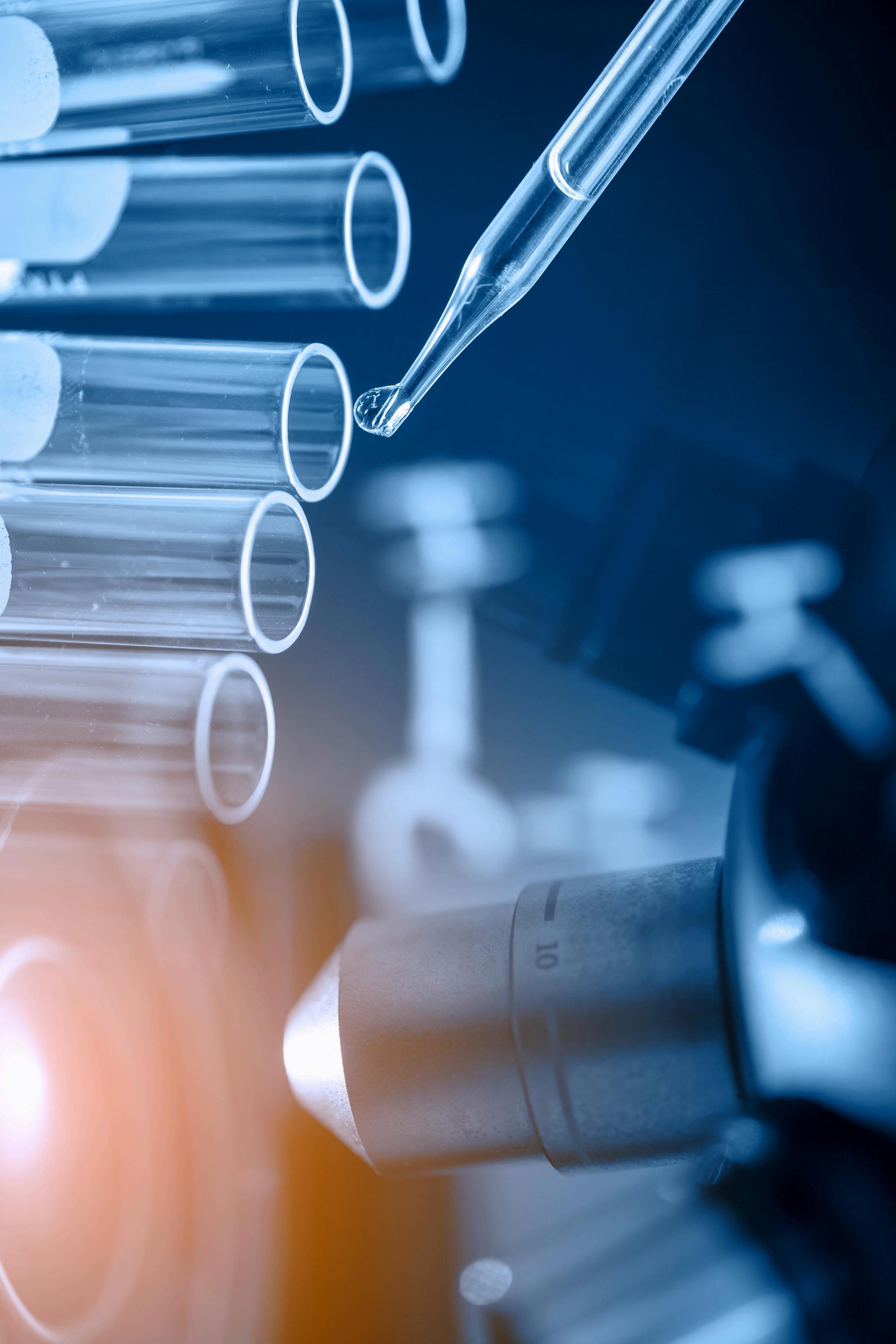
SpectraCell Micronutrient Test: Evaluates 35 nutritional components including vitamins, antioxidants, minerals, and amino acids within white blood cells.
Genova Diagnostics NutrEval: Comprehensive analysis of nutritional deficiencies and needs
Adrenal Stress Index:
Salivary Cortisol and DHEA Test: Measures cortisol levels throughout the day to assess adrenal function and stress response
Hormone Panels:
Dutch Test (Dried Urine Test for Comprehensive Hormones): Provides a comprehensive overview of adrenal and sex hormones and their metabolites.
Salivary Hormone Panels: Measures levels of hormones such as cortisol, melatonin, estradiol, progesterone, and testosterone.
High-Sensitivity C-Reactive Protein (hs-CRP):
hs-CRP Test: Measures levels of CRP to evaluate chronic inflammation, which can affect sleep quality
Complete Blood Count (CBC):
Assesses overall health and detects a range of disorders, including anemia and infection, which can impact sleep.
Thyroid Function Tests:
TSH, Free T3, Free T4, and Reverse T3: Evaluates thyroid function, which can significantly impact sleep patterns
Hormone Panel:
Assesses Testosterone, Estradiol, Progesterone, LH, FSH, SHBG etc to view overall health of hormones with deficiencies in certain hormones, like progesterone, can result in sleep disruption

XX DNA: Can ons affecting , and CLOCK g, which are involved in ptophan and pacity (TIBC): of which can min D levels, ep regulation status which MT snp.
WHOOP Strap, s autonomic atches: Track insights into levels during a sleep lab to a, restless leg

Description: Water-based mattress pads that regulate the temperature of your bed, allowing you to set the ideal temperature for sleep.
Benefits: Helps maintain an optimal sleep environment by keeping you cool or warm throughout the night
Where to Buy: ChiliSleep
BedJet:
Description: Climate control system for beds that uses air to cool or heat your sleeping environment.
Benefits: Offers precise temperature control to enhance sleep comfort and quality.
Where to Buy: BedJet
Grounding Sheets:
Description: Bedsheets or mattress covers that connect to the earth's electrical field
Benefits: Promotes better sleep by reducing inflammation, improving circulation, and balancing cortisol levels
Where to Buy: Earthing
Alpha-Stim:
Description: Cranial electrotherapy stimulation device that delivers a microcurrent to the brain
Benefits: Reduces anxiety, depression, and insomnia, promoting better sleep quality.
Where to Buy: Alpha-Stim

Description: A precursor to serotonin, which can then be converted into melatonin
Benefits: Improves mood, reduces anxiety, and promotes sleep
Dosage: 100-300 mg taken 30-60 minutes before bedtime
Note: Start with a lower dose to assess tolerance
Description: An amino acid found in green tea that promotes relaxation without drowsiness
Benefits: Reduces stress and anxiety, improves sleep quality.
Dosage: 100-200 mg taken 30-60 minutes before bedtime
Note: Can be combined with other supplements like melatonin for enhanced effects
Description: A form of GABA that can cross the blood-brain barrier, promoting relaxation
Benefits: Calms the nervous system, reduces anxiety, and improves sleep onset
Dosage: 200-500 mg taken 30-60 minutes before bedtime
Note: Look for products labeled as "pharma GABA" or "bioactive GABA"
Description: An herbal tea known for its calming effects
Benefits: Reduces anxiety and promotes relaxation, helping with sleep onset
Dosage: 1-2 cups taken 30-60 minutes before bedtime
Note: Can be used as part of a bedtime routine for its soothing effects
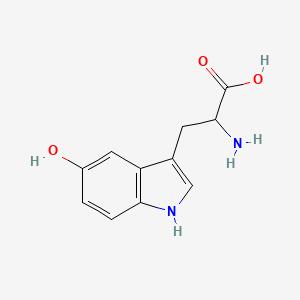



Description: An amino acid that acts as an inhibitory neurotransmitter
Benefits: Improves sleep quality and reduces the time it takes to fall asleep
Dosage: 3 grams taken 30-60 minutes before bedtime
Note: Glycine can also support cognitive function and overall health
Description: A blend of Magnolia officinalis and Phellodendron amurense extracts
Benefits: Reduces stress and anxiety, improves sleep quality
Dosage: 250-500 mg taken 30-60 minutes before bedtime
Note: Can also help reduce cortisol levels and support weight management
Description: A form of magnesium that crosses the blood-brain barrier effectively
Benefits: Supports relaxation, reduces anxiety, and improves sleep quality
Dosage: 200-400 mg taken 30-60 minutes before bedtime
Note: Other forms of magnesium, such as glycinate, can also be effective
Description: An adaptogenic herb that helps the body manage stress
Benefits: Reduces stress and anxiety, improves sleep quality
Dosage: 300-500 mg of standardized extract taken 30-60 minutes before bedtime
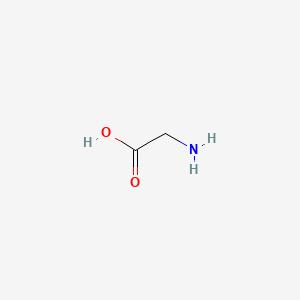

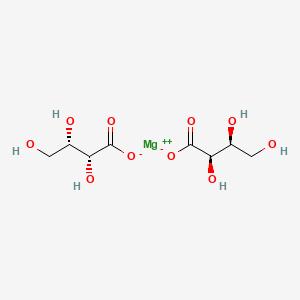

Description: A peptide that promotes deep sleep
Benefits: Enhances deep sleep phases and overall sleep quality
Dosage: 100-300 mcg taken 30-60 minutes before bedtime
Note: Consult with a healthcare provider for proper administration and monitoring
Description: A bioenergetic remedy designed to improve sleep patterns
Benefits: Supports the body's natural sleep cycles and improves sleep quality
Dosage: Follow the specific instructions provided with the product
Note: Part of the NES Health system, which focuses on restoring body energy balance
Description: A non-psychoactive compound found in cannabis
Benefits: Reduces anxiety and pain, improves sleep quality
Dosage: 15-30 mg taken 30-60 minutes before bedtime
Note: Start with a lower dose and adjust based on individual response

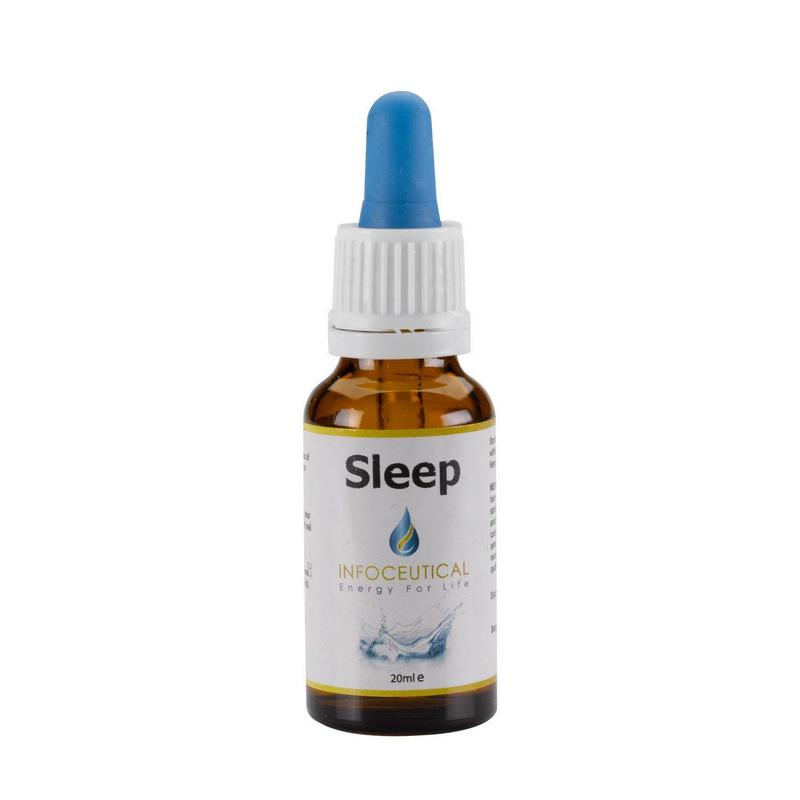

Description: A hormone that regulates the sleep-wake cycle
Benefits: Helps with sleep onset and regulates circadian rhythms
Dosage: 05-5 mg taken 30-60 minutes before bedtime
Note: Start with a lower dose to minimize potential grogginess the next day
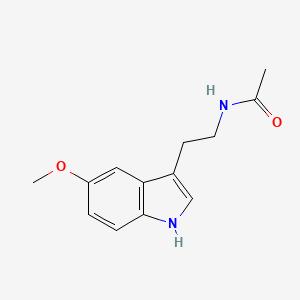
Description: An herbal remedy traditionally used for insomnia and anxiety
Benefits: Improves sleep quality and reduces the time it takes to fall asleep
Dosage: 300-600 mg of standardized extract taken 30-60 minutes before bedtime
Note: Can be combined with other calming herbs like passionflower or lemon balm
Description: An herb used for its calming effects
Benefits: Reduces anxiety and promotes restful sleep
Dosage: 300-500 mg of standardized extract or 1-2 cups of tea taken 30-60 minutes before bedtime
Note: Often used in combination with other sleep-promoting herbs
Description: An herb known for its calming effects


Benefits: Reduces anxiety and promotes relaxation, helping with sleep
Dosage: 300-600 mg of standardized extract or 1-2 cups of tea taken 30-60 minutes before bedtime
Note: Can be combined with other calming herbs like valerian and passionflower

These supplements and peptides can help improve sleep quality by promoting relaxation, reducing anxiety, and regulating the sleep-wake cycle Always consult with a healthcare provider before starting any new supplement regimen, especially if you have underlying health conditions or are taking other medications. Adjust dosages based on individual response and tolerance to achieve the best results for improved sleep.